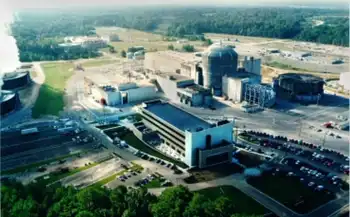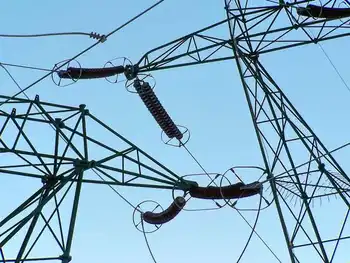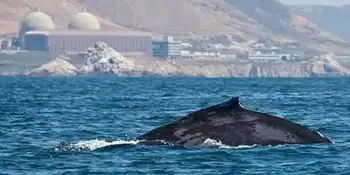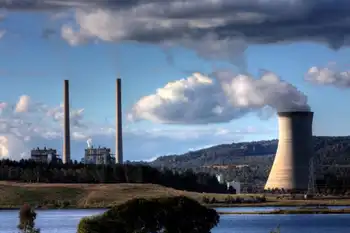Regulators say Ohio utilities could have communicated better during storm
COLUMBUS, OHIO - Lightly slapping the wrists of Ohio's electric utilities, state regulators said in a report that better communication will help end storm-related power outages sooner.
The report, prepared by the Public Utilities Commission of Ohio, said the commission will create a "rapid-response team'' that can be activated in times of severe weather.
During storms, each utility would send a representative to the state's emergency operations center to coordinate activities with state officials.
The PUCO's report, requested by Gov. Bob Taft after a storm knocked out power to more than 500,000 Ohioans, didn't satisfy everyone.
"I'm disappointed their report does not get to the heart of the matter, regarding how to prevent such massive outages in the future,'' said Ohio Consumers' Counsel Janine Migden-Ostrander.
"Nine days for some families to be without power is too long. We need to see what we can do to bring those numbers down.'' The consumers' counsel, the state's advocate for residential utility customers, had pressed the PUCO to hold public hearings and investigate American Electric Power's handling of outages.
Migden-Ostrander has said that AEP's maintenance practices, especially tree-trimming and pole replacement, could have contributed to the length and scope of the December outage.
PUCO Chairman Alan Schriber rejected those assertions.
"I think that assessing blame at this point in time is very unfair to a lot of people who gave up vacations, who gave up holidays, who spent many hours on poles in untenable conditions,'' he said. "It's unfair to say to those people 'You could have done things differently.''' The PUCO looked at how AEP, Cinergy, Dayton Power & Light Co., First Energy and Monongahela Power Co. handled problems created by the December storm. The agency has minimum service standards, and utilities follow them for the most part, Schriber said.
He said the Dec. 23 ice storm was so severe that the rapid- response system might not have shortened the repair time, but he predicted it could help in less-severe events.
Having everyone at a single location could help utilities more quickly assess damage in their service territories and determine whether they could send help to neighboring utilities, he said.
A problem with the Dec. 23 storm was that the utilities were not sure when their crews would be able to help other Ohio utilities, the report says. The PUCO coordinated communication among utilities during a major outage this month and had better results, according to the report.
Mark Rickel, a spokesman for Taft, said the governor is reviewing the report. "As the report says, we want to do everything we can to ensure mutual assistance of all the utilities.'' Rickel declined to say whether the governor would support a further investigation and public hearings.
AEP spokeswoman Terri Flora said the process PUCO initiated during the Jan. 6 outages in western Ohio was effective and said the company will continue to cooperate with the PUCO. It's difficult to say whether the rapid-response system would have sped restoration after the December storm, she said.
"We're proud of the effort we put forth,'' she said.
Bruce Miller, who read the PUCO report online, was not impressed.
"I completely disagree with it,'' said Miller, president of the North Eastmoor Homeowners Association on the East Side.
He was without power for six days. He says AEP was negligent in his neighborhood by failing to trim trees as promised in October and not working efficiently with subcontractors during the outage.
Related News

NRC Begins Special Inspection at River Bend Nuclear Power Plant
WASHINGTON - The Nuclear Regulatory Commission has begun a special inspection at the River Bend nuclear power plant to review circumstances related to the failure of five portable emergency diesel generators during testing. The plant, operated by Entergy Operations, is located in St. Francisville, La.
The generators are used to supply power to plant systems in the event of a prolonged loss of off-site electrical power coupled with a failure of the permanently installed emergency generators. These portable generators were acquired as part of the facility's safety enhancements mandated by the NRC following the 2011 accident at the Fukushima Dai-ichi facility…




